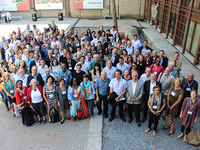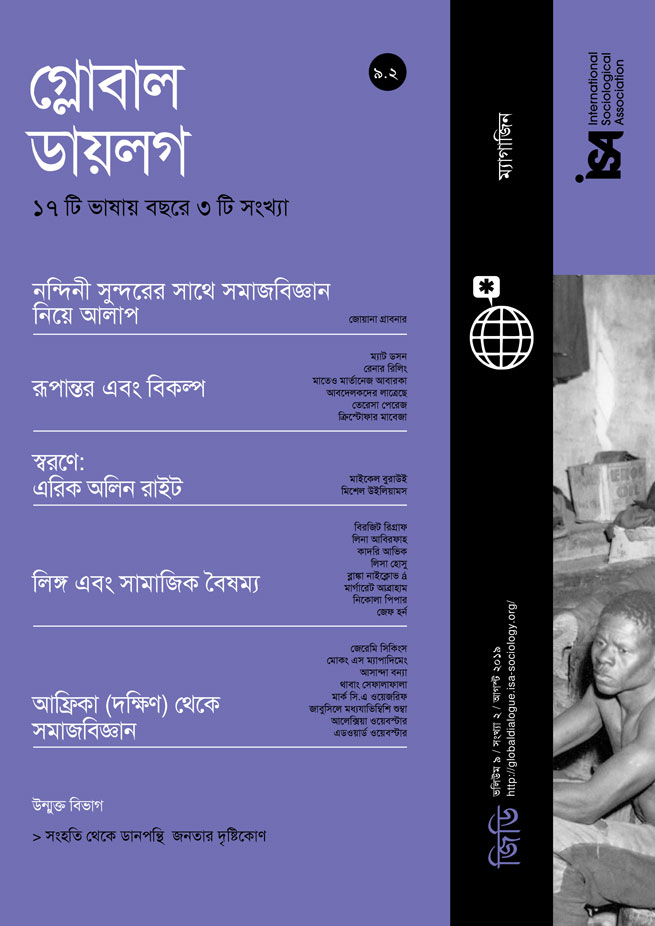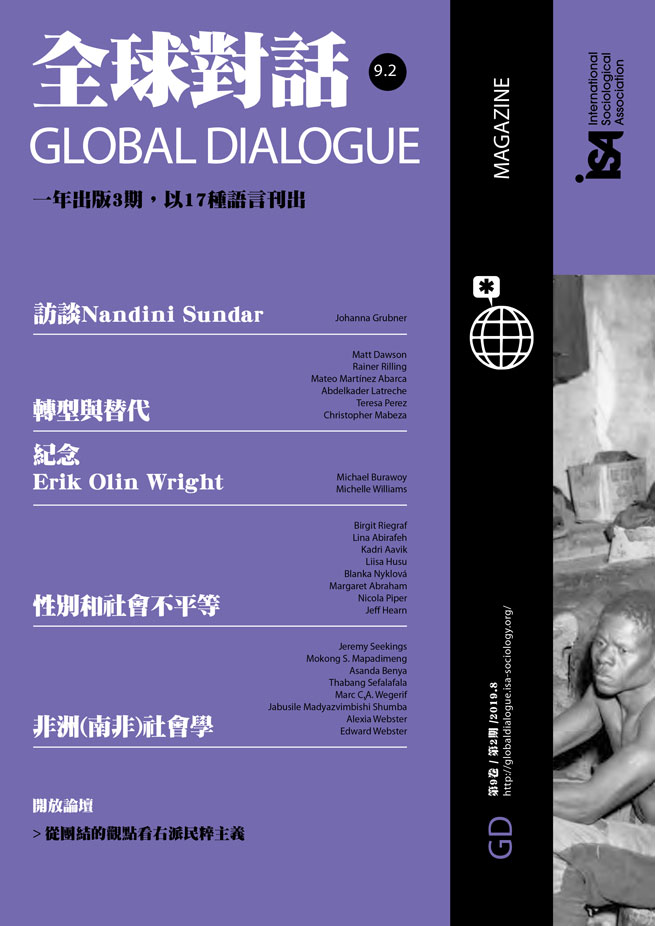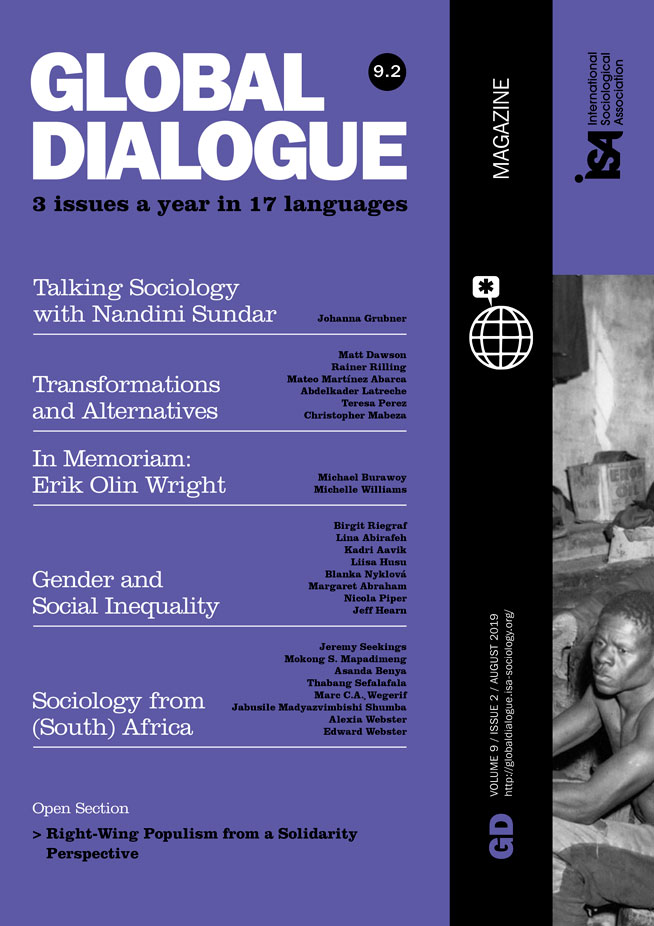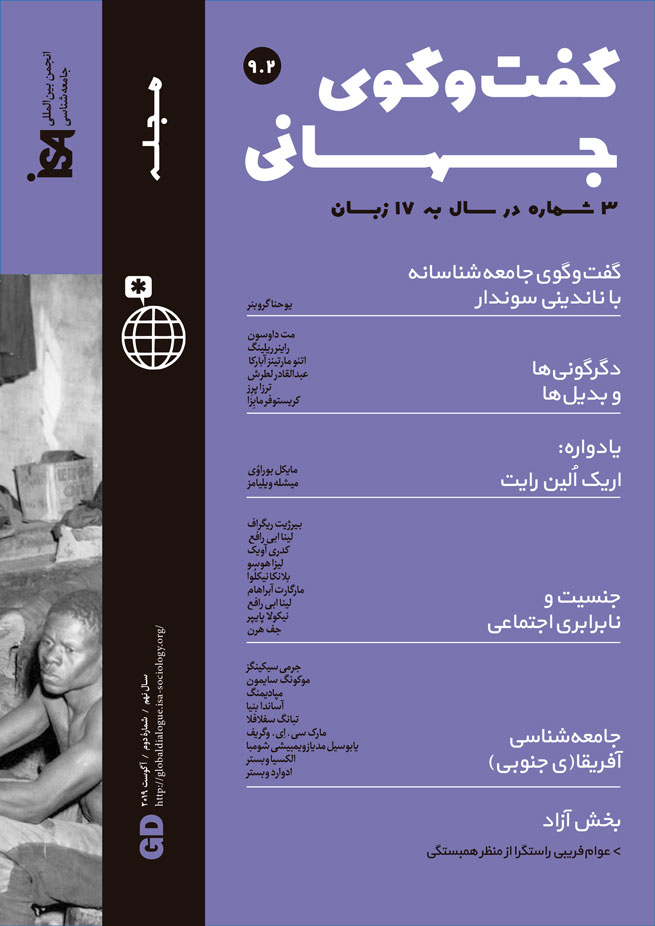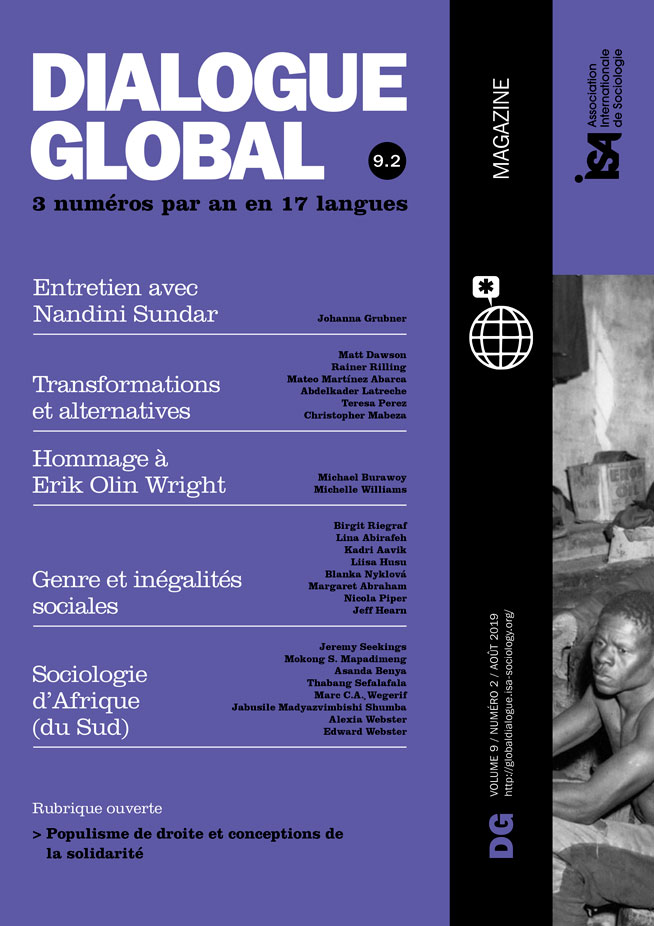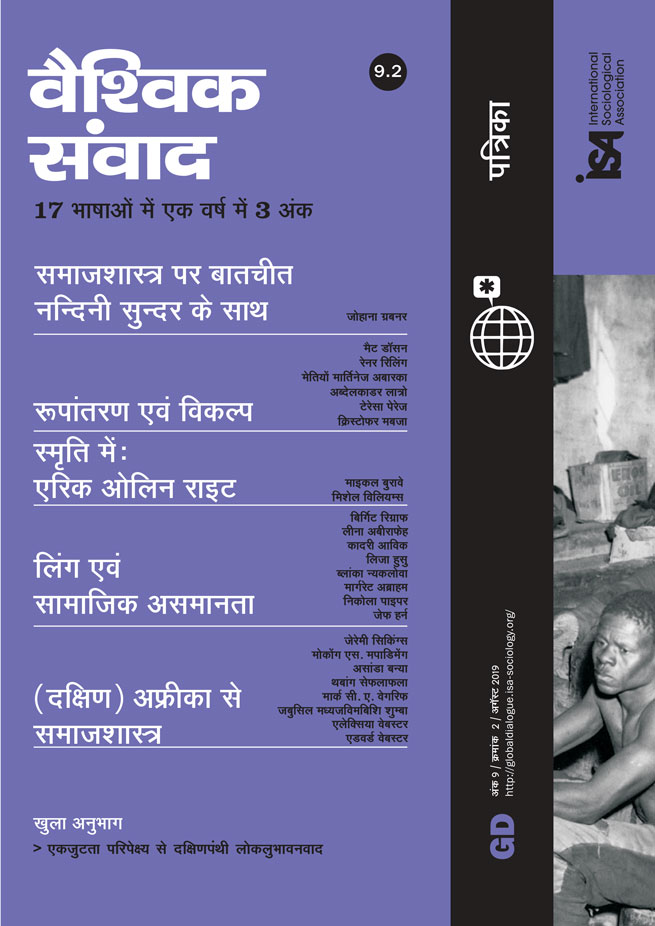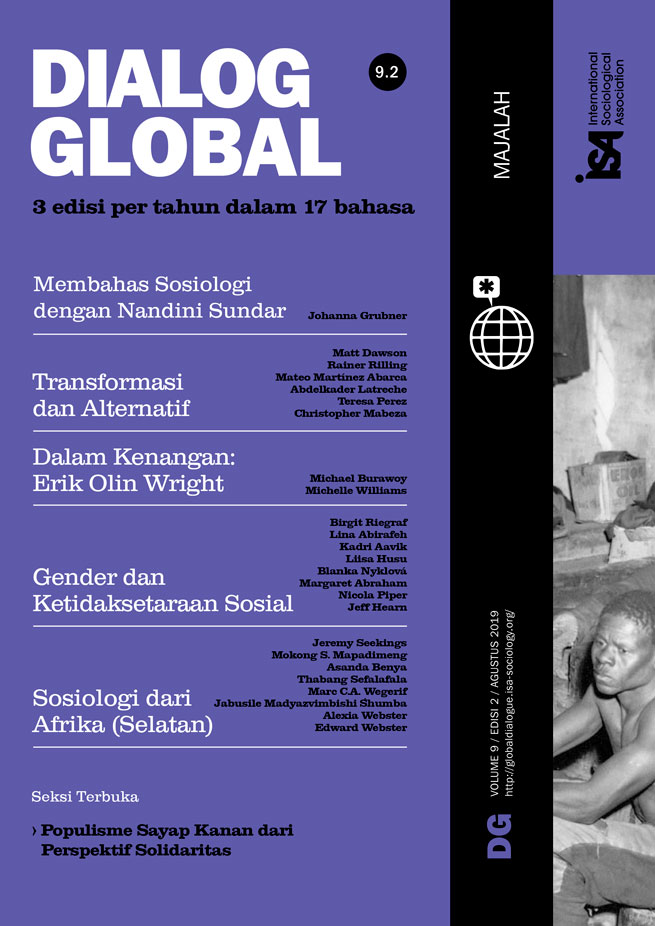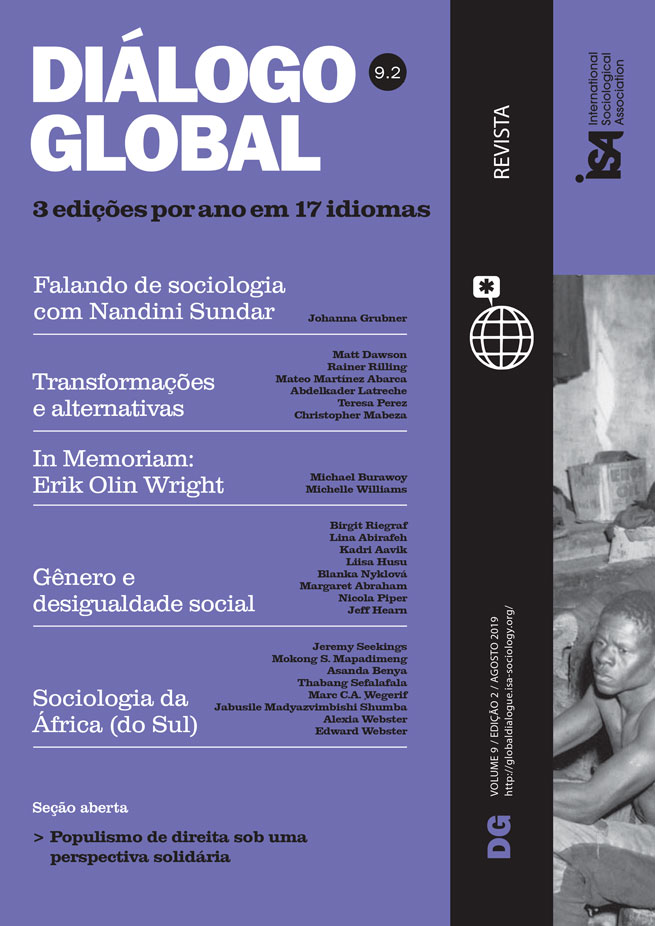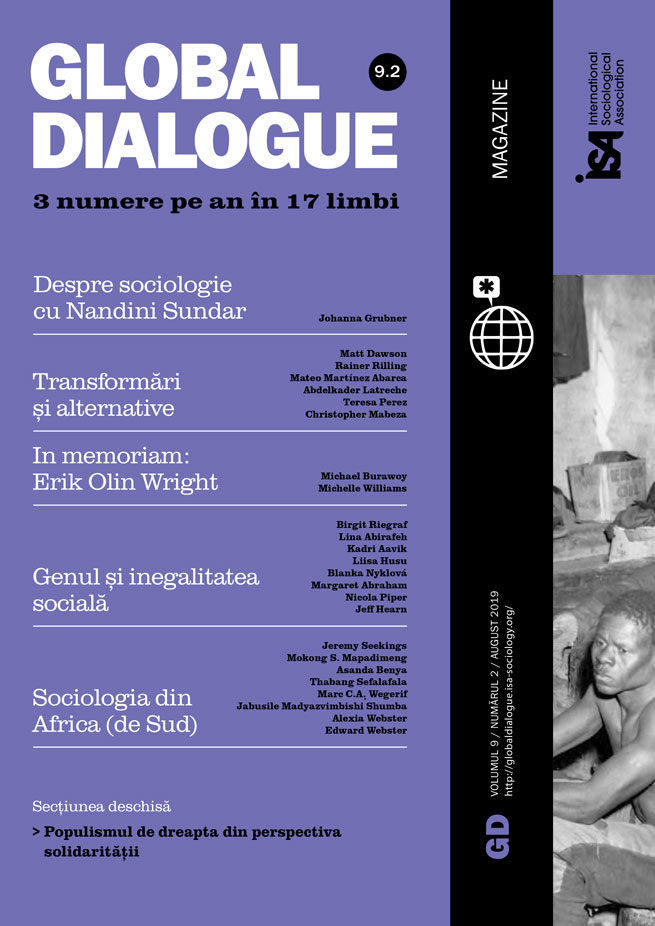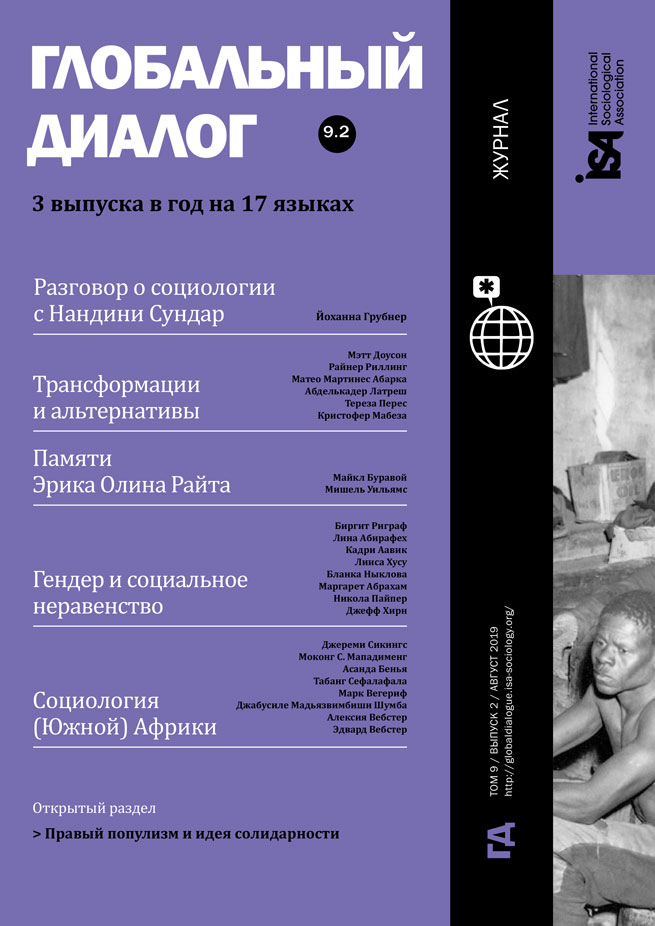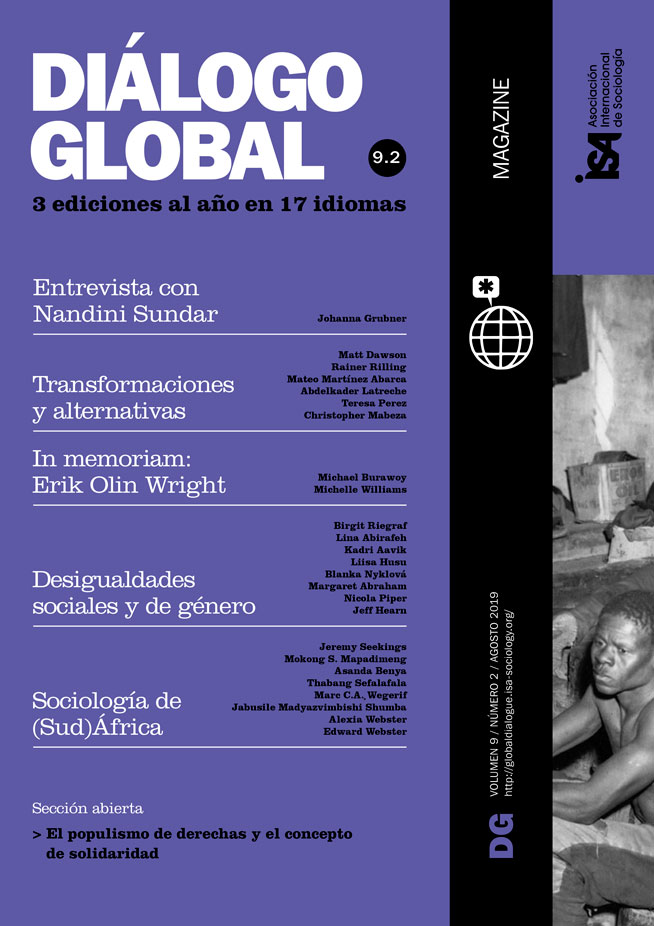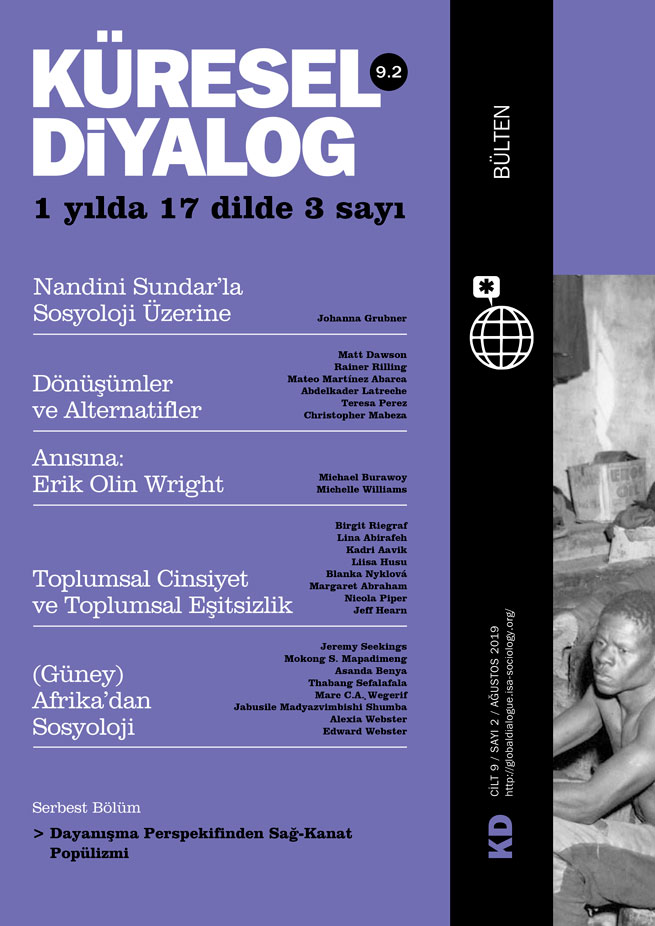Asia is home to significant “South-South” or intra-regional migration. According to estimates by the International Labour Organization, there were 150.3 million migrant workers in 2013 of whom 83.7 million were men, and 66.6 million were women. The United Nations calculates the proportion of women in Asian migration stocks at about 42.7% compared to 48.4% globally. Much of this is due to sharp increases in the numbers and proportions of male migrants in Asia, which has outstripped the increases in migrant women.
Between 1990 and 2000 only three of the top ten bilateral corridors were within Asia but between 2010 and 2017 that number had increased to six. The corridor between destination countries of the Gulf sub-region (classified as “West Asia” by the United Nations) and source countries located in South and Southeast Asia is particularly prominent due to the extremely high percentage of non-citizen residents in the Gulf countries: Qatar and United Arab Emirates have the highest proportion of migrants to total population at 90% and 88% respectively, many drawn from within the continent and increasingly from Africa. Other key Asian destinations for Asian migrants are economically high-performing countries in Southeast Asia (Singapore, Malaysia) and East Asia (Korea, Taiwan, Japan). The main source countries of migrants are the Philippines, Indonesia, Sri Lanka, Bangladesh, and Vietnam.
Having experienced large-scale, sustained population movements since the 1970s, Asia’s migration patterns and features have unsurprisingly become subject to rising interest among scholars and practitioners. One unique feature of intra-Asian migration is its dominant regulatory framework, which comes in the form of strictly temporary employer-tied permits, providing migrants the opportunity to work abroad for two to four years, subject to renewal. The majority of low-skilled low-wage workers cannot avail themselves of the chance for family unification and permanent settlement. Temporary contract migration is epitomized by the “single worker” phenomenon, with male migrants generally responding to the need for workers in the productive sectors (e.g. construction) and female migrants primarily in the reproductive - that is care-related - sectors, especially in domestic work, although they can also be found in manufacturing and other types of jobs.
The domestic and care sectors in this region are clearly dominated by women migrants. In West Asia where domestic work also includes gardeners, drivers, security guards, and cooks, male migrants tend to be employed in this sector too: 10% of all domestic workers in the Arab region are men. According to the International Labour Organization, at least 53.6 million women and men above the age of fifteen are reported to be in domestic work as their main job, with some sources suggesting a figure as high as 100 million. Domestic worker employment constitutes at least 2.5% of total employment in post-industrial countries and between 4% and 10% of total employment in developing countries. In gender terms, women are the overwhelming majority of the domestic workforce (at 83%), which represents 7.5% of women’s employment worldwide. The mostly female domestic workers often travel thousands of miles to take up insufficiently regulated or even unregulated, insecure and generally low-paid jobs, while leaving behind their own families.
Concepts such as the “care chain,” which have become widely used in global migration research and policy, draw on the experiences of migrants from Asian countries. Migrant women meet the need for care workers in the more developed economies, resulting in a care deficit in the migrant women’s home countries. That the commodification of care at the base of global care chains in the form of migrant domestic labor has far-reaching socio-economic implications that extend beyond macroeconomic prognoses has been largely ignored, and the social and psychological implications of families left behind have been unaddressed by policymakers.
The fact that most of the intra-Asian migratory workforce labors in low-wage sectors has implications for the revived debate on the links between migration and development. Much of the positive spin placed on migration-development in recent years is based on the presumption of skill gains or “brain circulation” from which countries of origin are to benefit. This ignores the work that the majority of temporary labor migrants, especially migrant women, actually engage in. Throughout South and Southeast Asia, large numbers of “low-skilled” workers enter foreign employment under highly constrained circumstances. Often this is under short-term contracts, as part of the kafala system - the employer-tied visa sponsorship scheme used extensively in the Gulf - or through a web of private recruitment brokers or agents who manipulate both ends of the migration process. Critical research has demonstrated that this commodification of care work does not lead to any acquisition of “human capital,” and has no impact on wages and living standards. “Skills” are not even procured, let alone developed. The invisibility of reproductive work obfuscates the developmental repercussions of these resultant care deficits. This has implications for sending countries: the exodus of migrant domestic workers has been met with enthusiasm for the large remittance inflows it has generated, but without sufficient consideration for the socio-economic or developmental implications of the widespread care deficits it creates. The predominant governmental discourse and policy framework that focuses on remittances alone serves to instrumentalize migrants’ contributions, and ignores the social costs of migration to families.
This development paradigm ignores women migrants’ personal experiences and the costs involved in migration, thereby failing to pay attention to their rights, protections, and unique subjectivities. Government policy frameworks are predominantly concerned with controlling migration (i.e. the exit and entry of individuals and their access to labor markets or jobs) and extracting economic benefits from foreign workers, paying mere lip service to the human rights of migrants.
In sum, Asian states generally refrain from formulating gender-sensitive migration policies that facilitate women’s cross-border labor mobility. Rather, some countries impose legal restrictions on women’s labor migration, typically under the guise of protection. Yet labor laws in most host countries poorly protect the rights of women migrants, who are subject to intersecting structural factors and discriminations based on gender, class, age, ethnicity, and nationality. These factors further compound the challenges they confront.
As a result, women migrants who are concentrated in feminized sectors of the economy where wages are typically low (such as domestic work or garment manufacturing) cannot access the same labor rights and social protections as workers in other sectors. Structural inequalities, gender discrimination in labor markets in countries of origin, and restrictive immigration controls coalesce so that women generally have fewer pathways to migrate, and will be more likely to turn to recruiters (individuals and organizations who they pay to facilitate their migration process). Women are more likely than men to migrate via lower skilled temporary worker schemes or undocumented channels to labor in often unregulated sectors without trade union representation. High levels of socio-economic insecurity, geographic isolation, and political disenfranchisement of female temporary migrant workers are at the heart of gendered inequality in Asia.
Nicola Piper, Queen Mary University of London, UK and member of ISA Research Committee on Poverty, Social Welfare and Social Policy (RC19) <n.piper@qmul.ac.uk>
